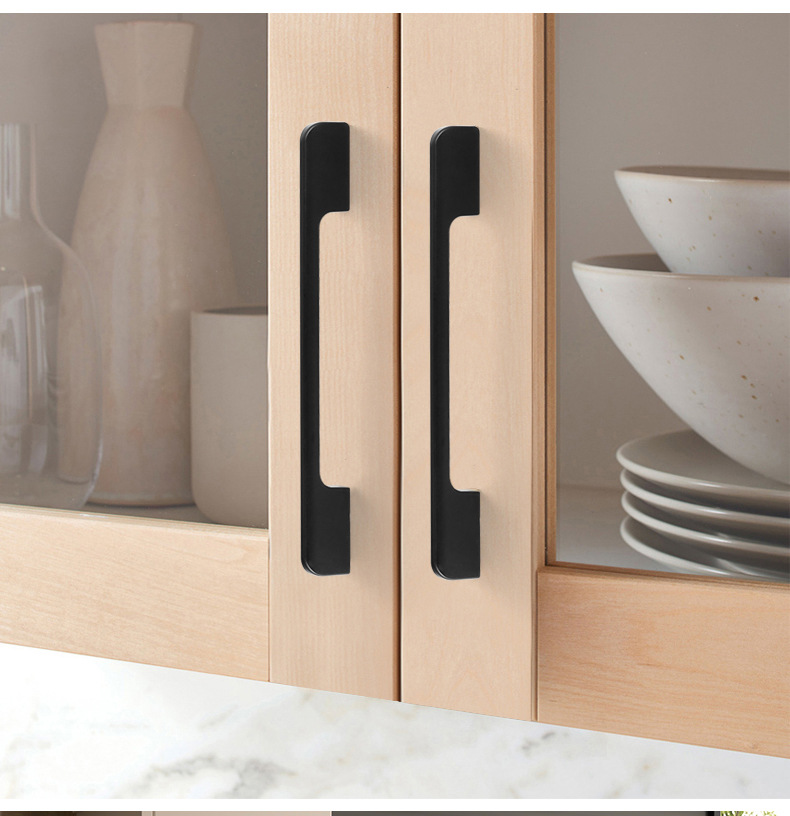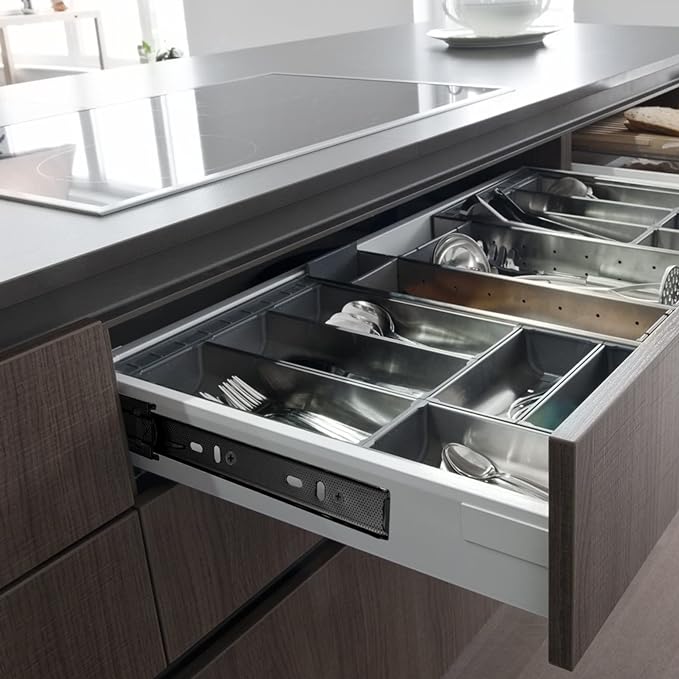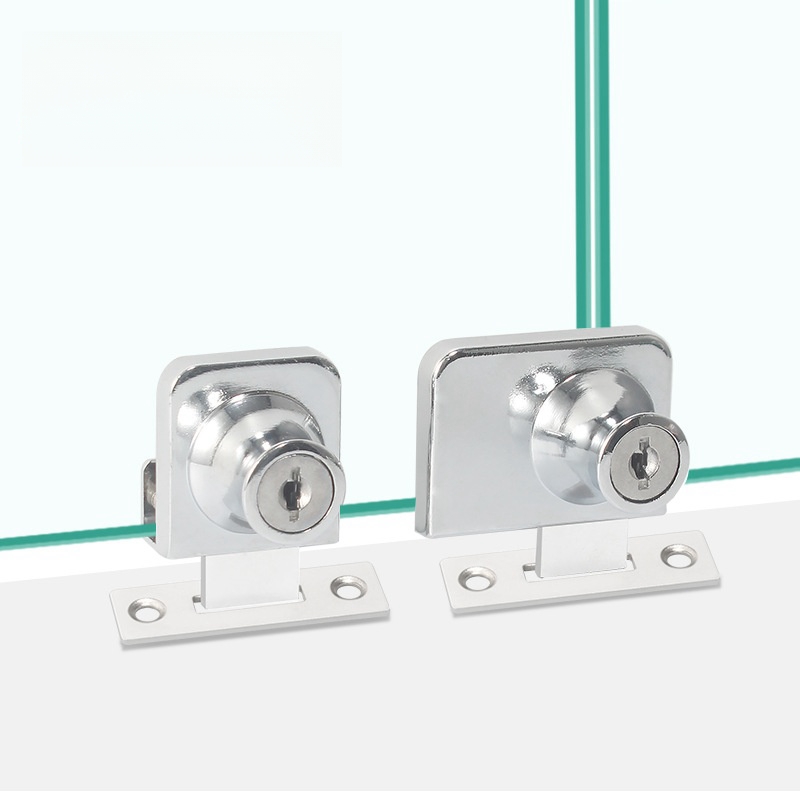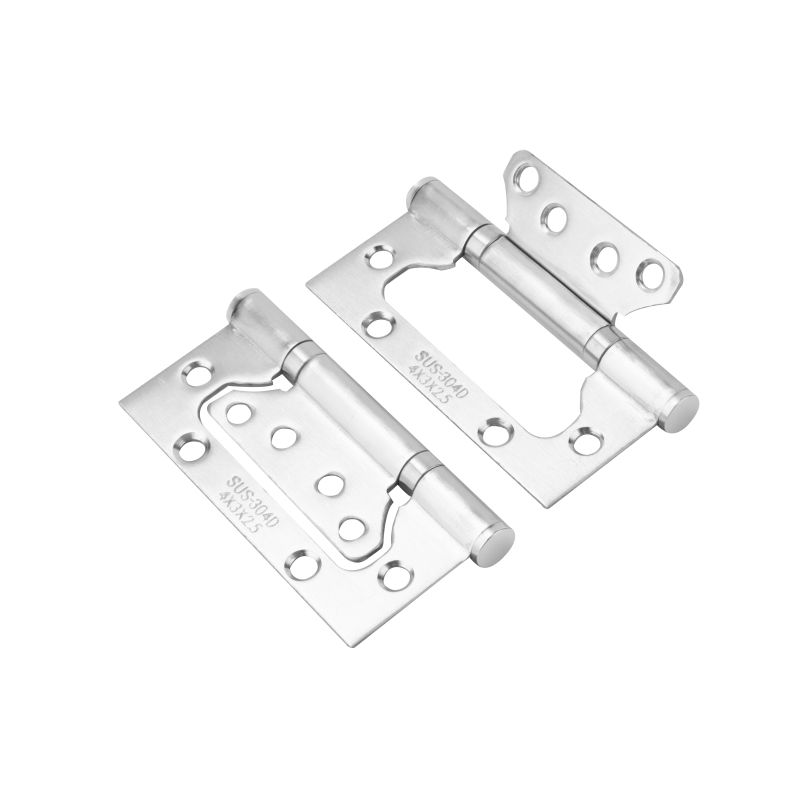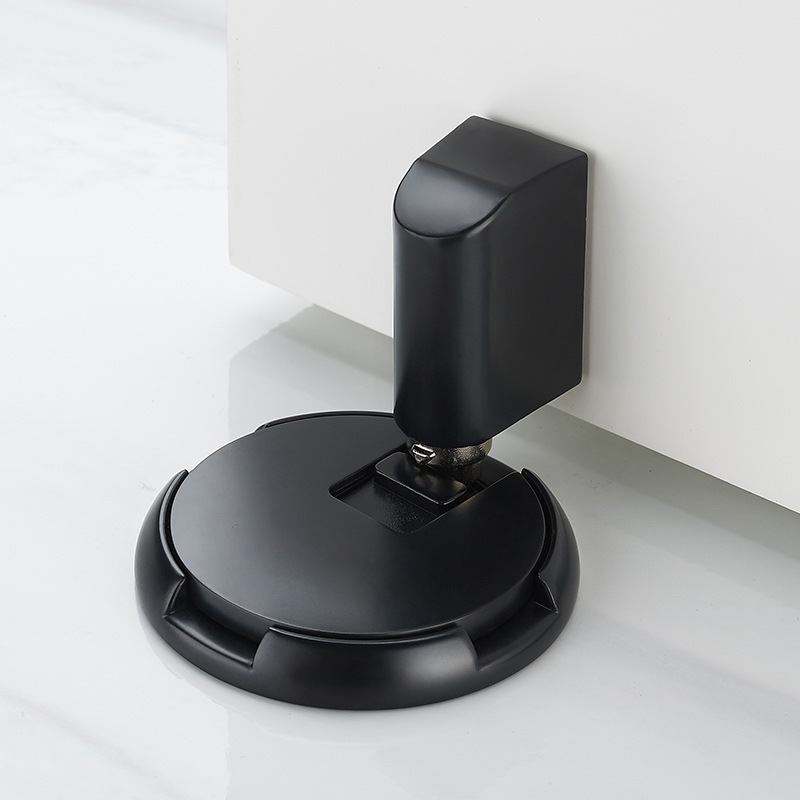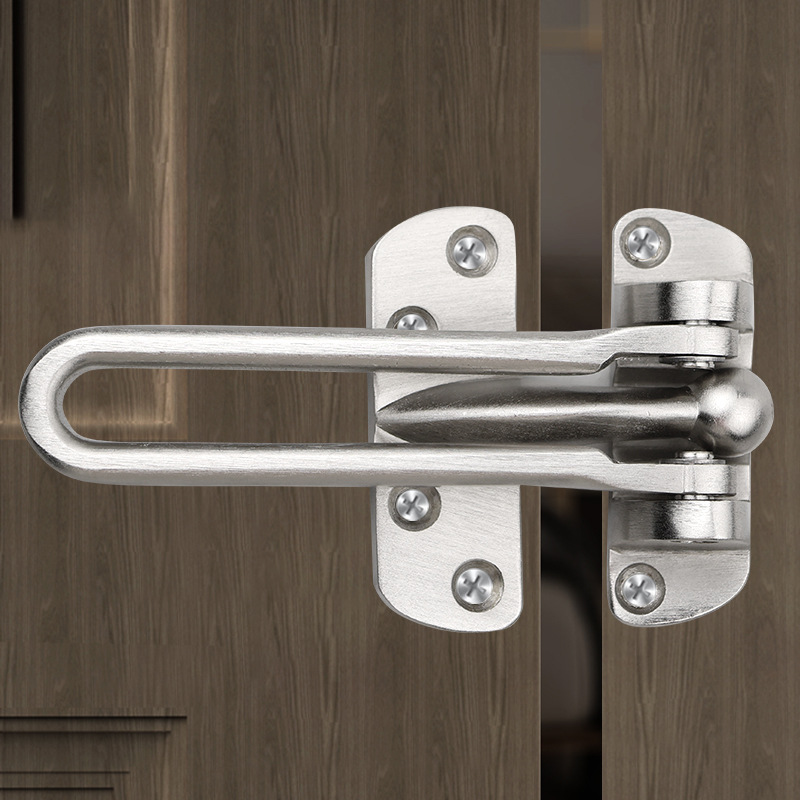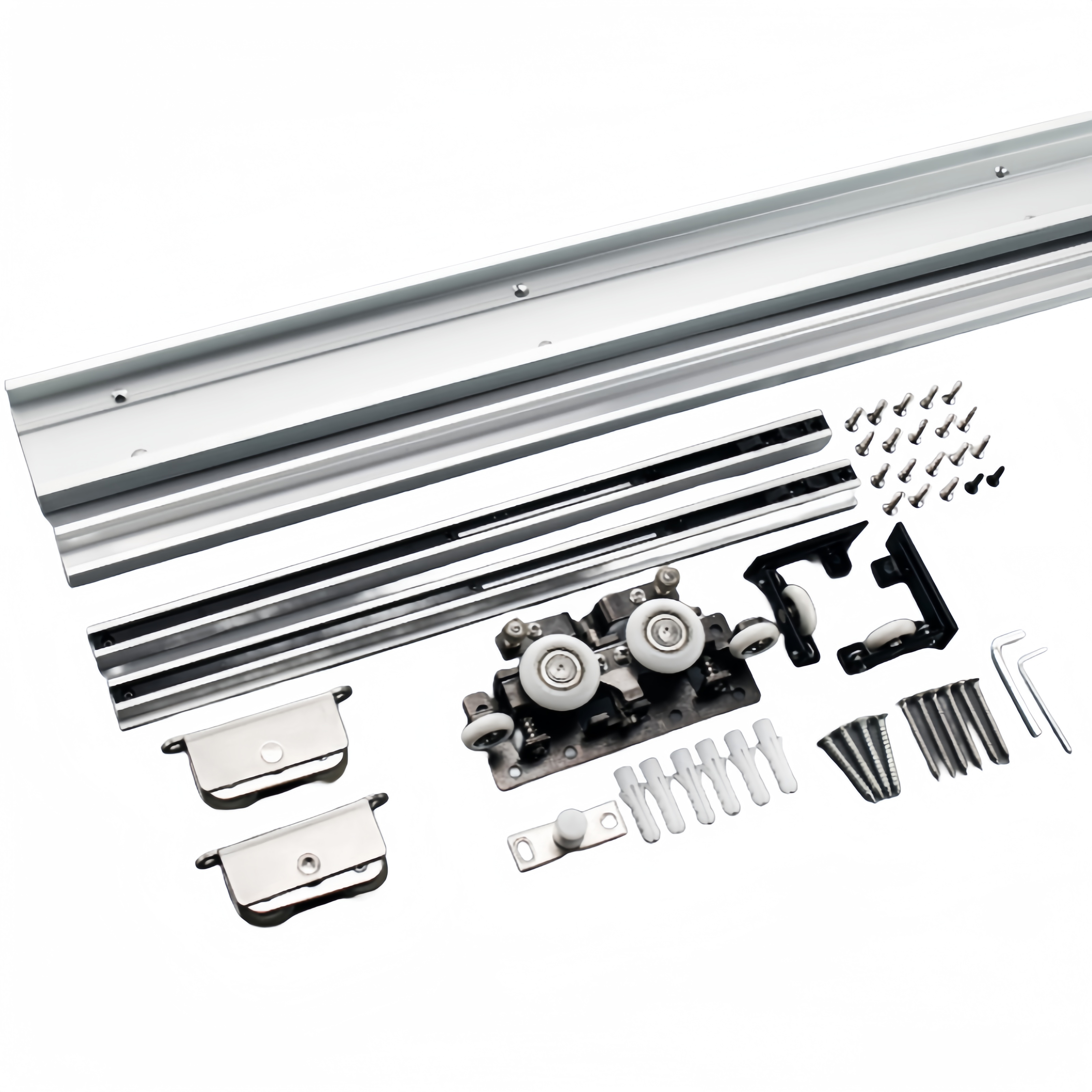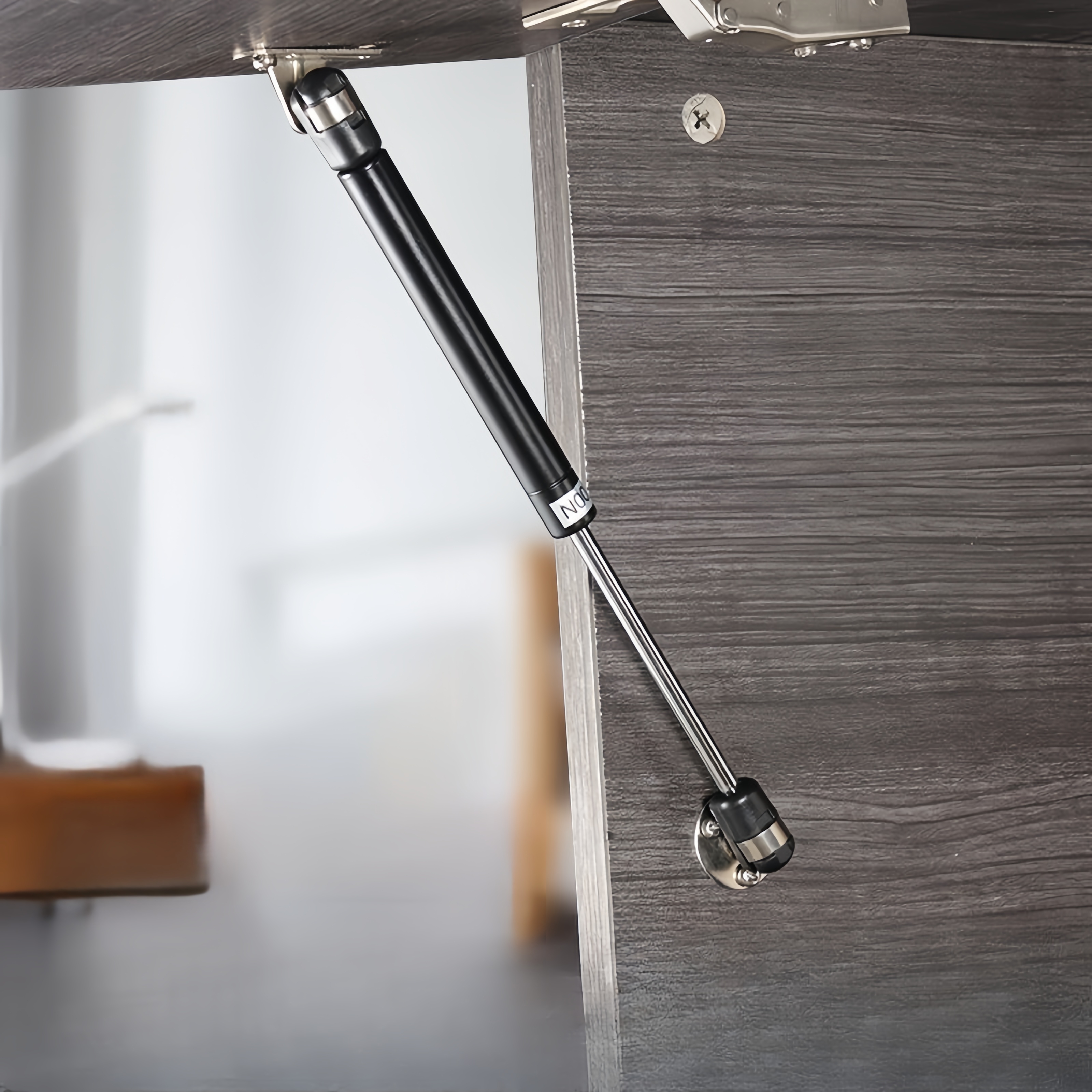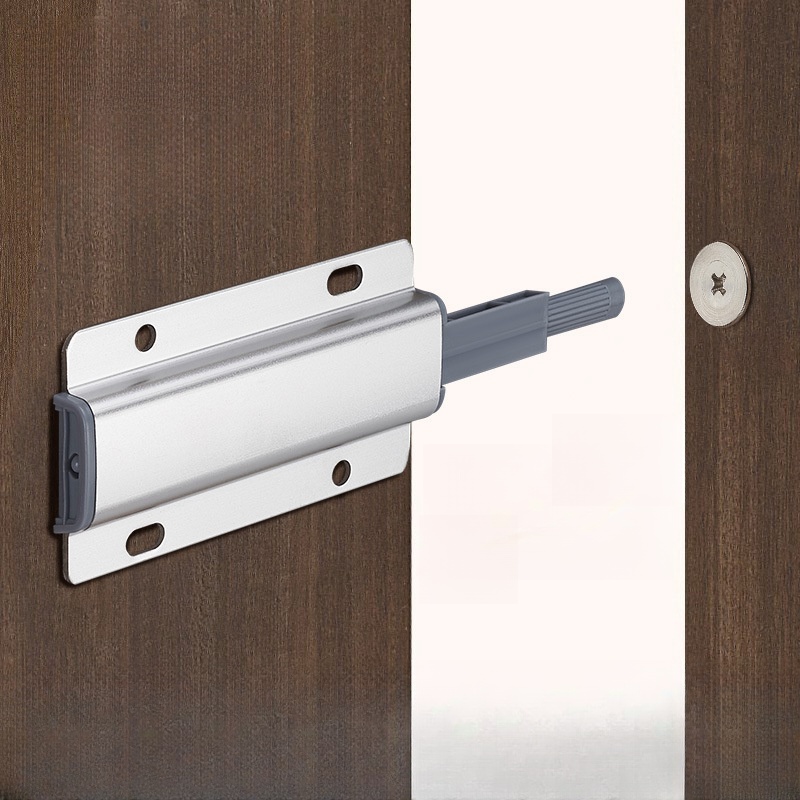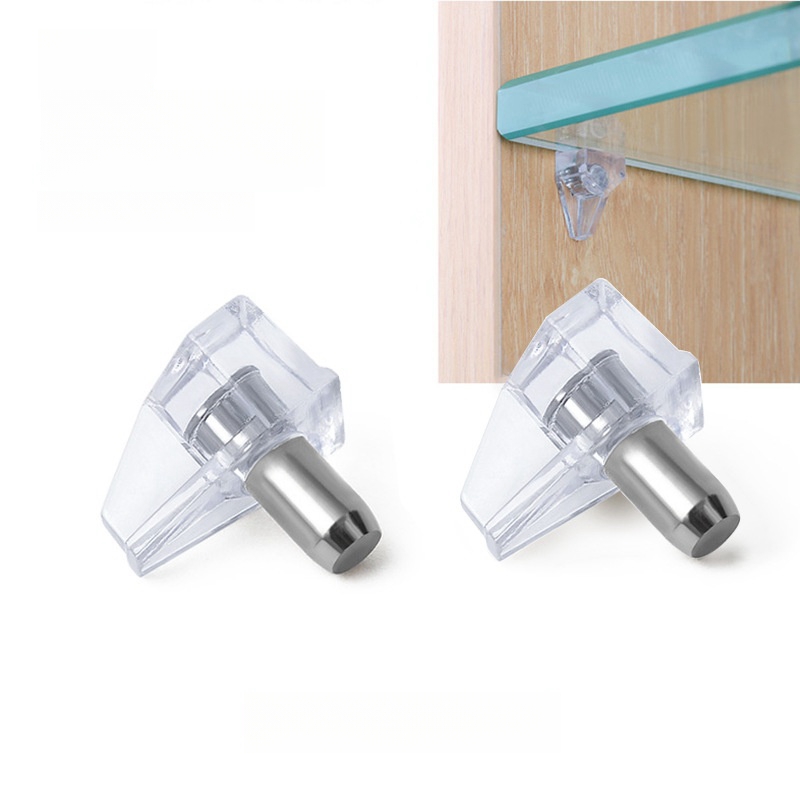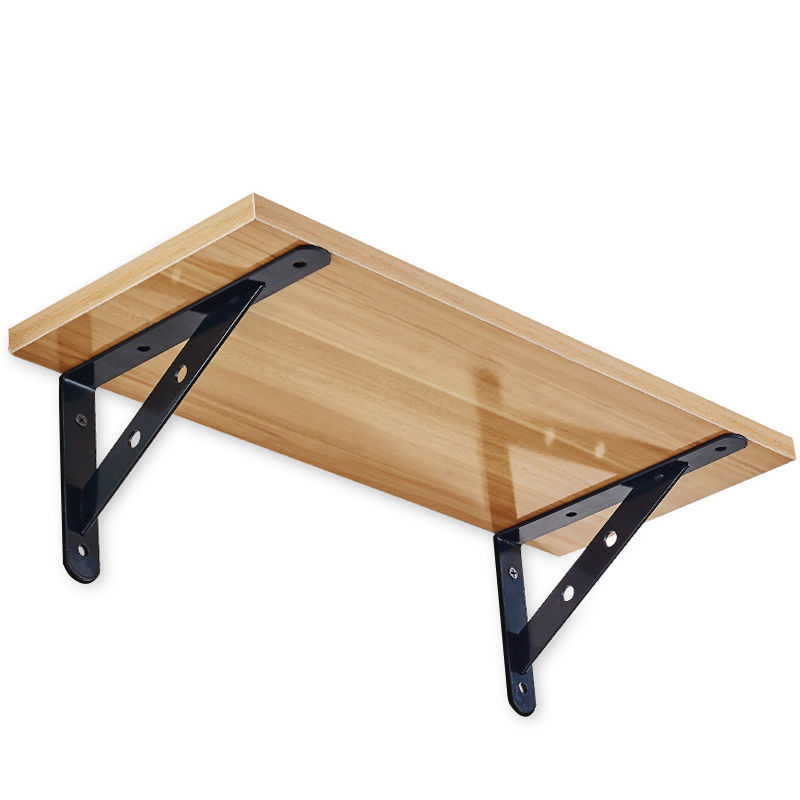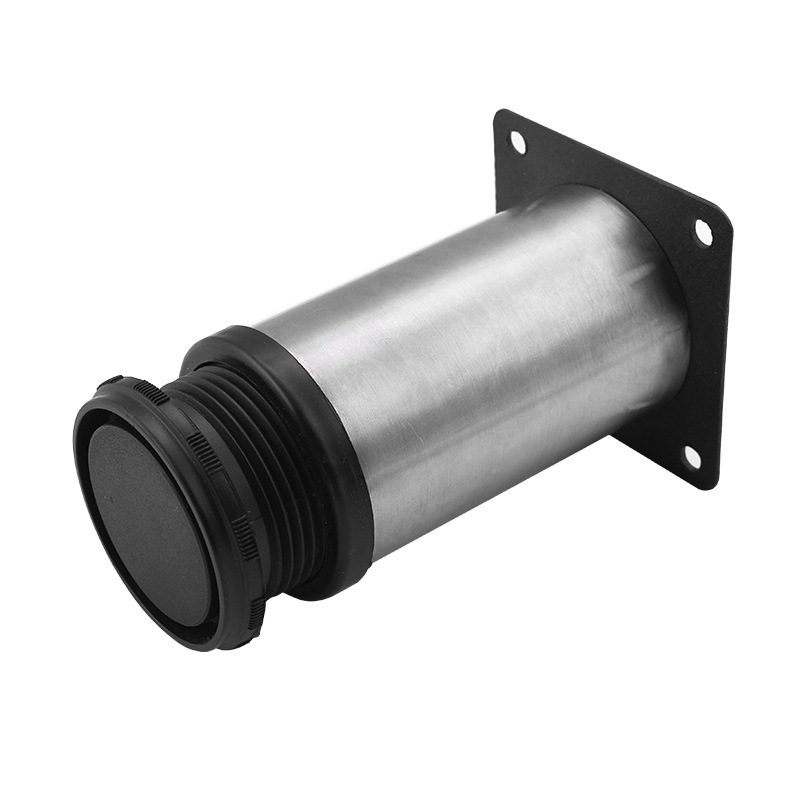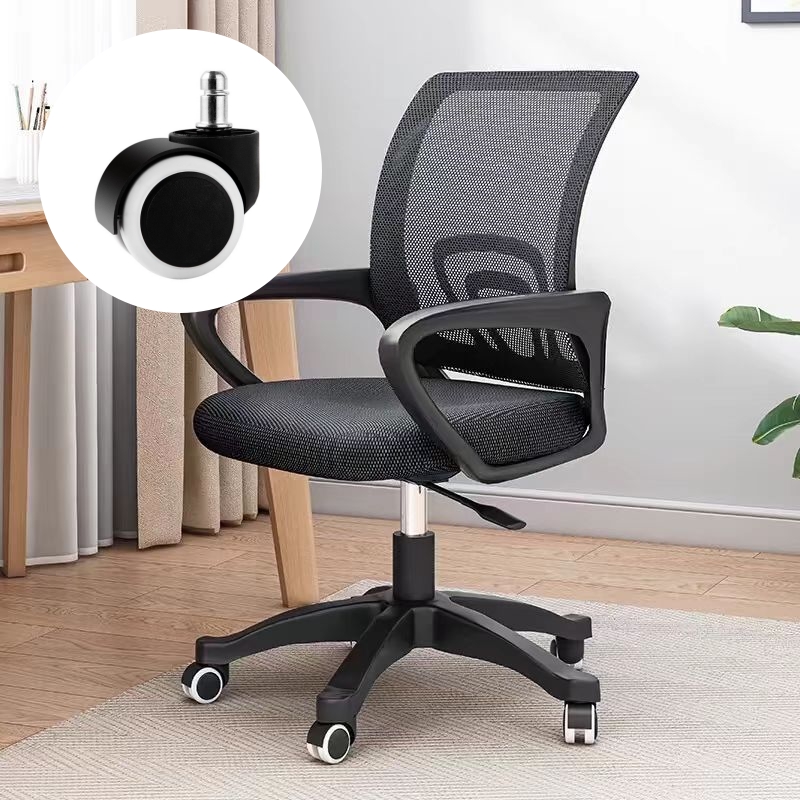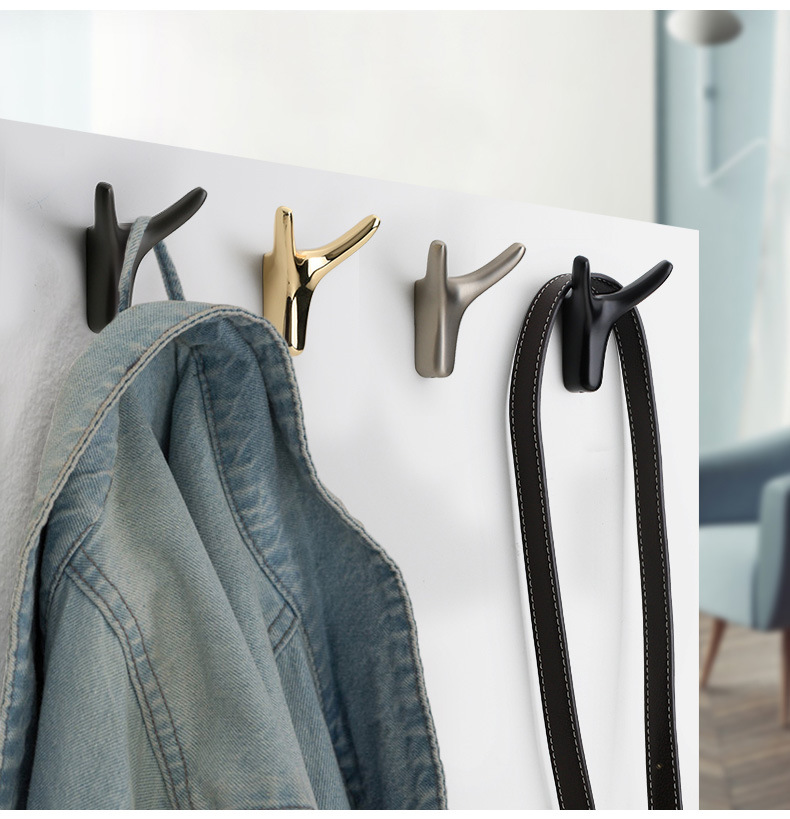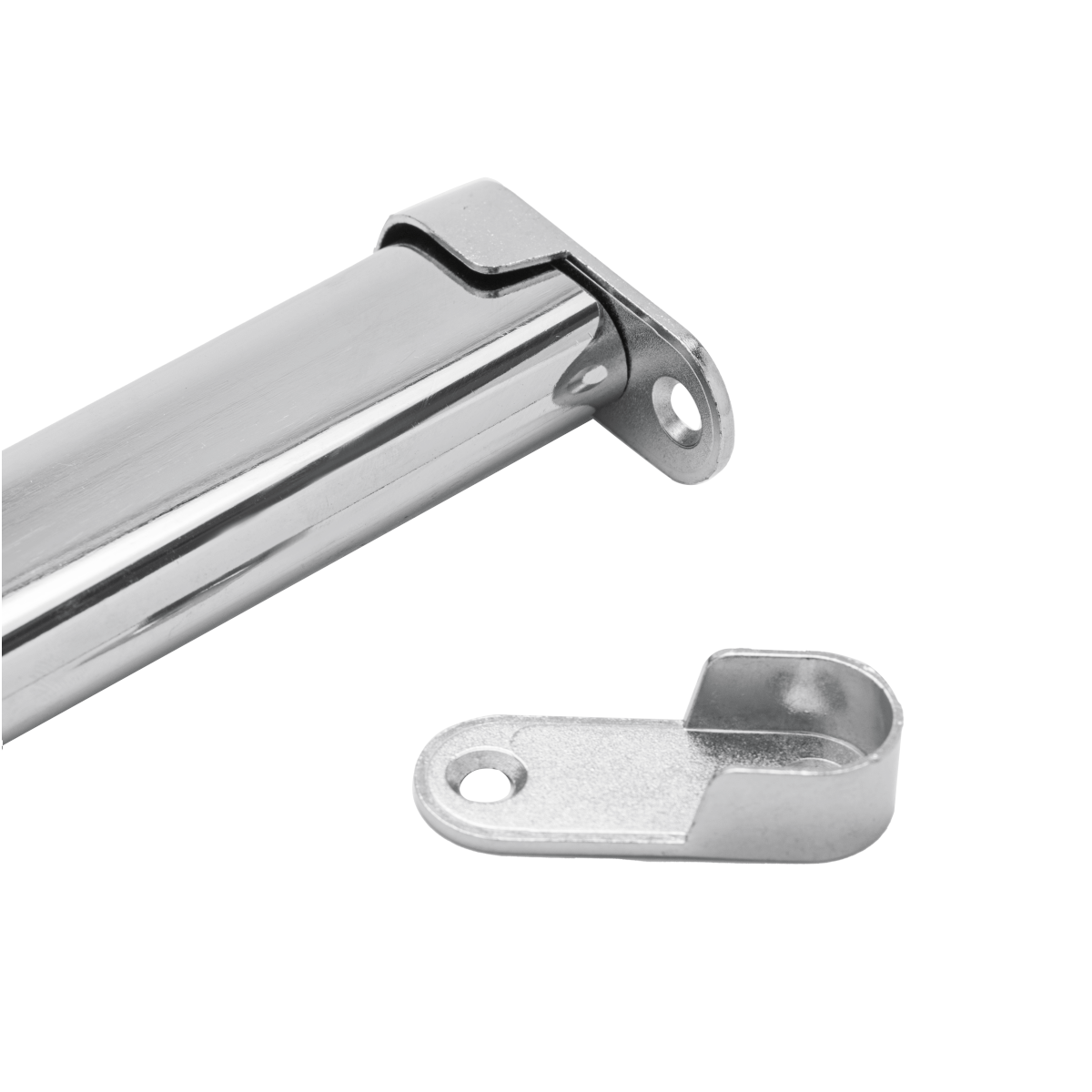
ABOUT
Guangzhou Toplink hardware Co., Ltd specialized in the production and export of furniture hardware fittings, with an experience of more than 14 years.
Our main products are drawer locks, cabinet hinges, sliding rails, cabinet handles, casters, cabinet legs and connecting fittings etc..
With a complete range of products, excellent performance and reasonable prices we have built up business with many customers all over the world.
We are committed to strict quality control and considerate customer service. We sincerely looking forward to becoming your best choice and the most reliable partner!
PRODUCTS
closet door spring ball latch
Understanding the Mechanics of a Spring Ball Latch
The core of a spring ball latch's functionality lies in its deceptively simple design. At its heart is a small, usually metallic ball housed within a spring-loaded receptacle. This ball, often made of steel or a similar durable material, is held in place by a spring mechanism. When the door is closed, the ball is pressed into a corresponding receiving cavity on the door frame, effectively latching the door shut. The spring provides the necessary tension to keep the ball securely in place, resisting any attempts to open the door prematurely. The design is robust, reliable, and remarkably resistant to wear and tear.
The strength and resilience of the spring is a key factor in the latch's overall effectiveness. A weak spring might fail to hold the ball securely, leading to the door swinging open unexpectedly. Conversely, an overly strong spring can make closing the door difficult, potentially causing damage to the door or frame over time. The careful calibration of spring tension is therefore a crucial element in the manufacturing process. Manufacturers invest considerable effort into selecting appropriate materials and manufacturing techniques to ensure consistent spring performance and longevity.
Material and Construction: Durability and Aesthetics
The materials used in the construction of a spring ball latch significantly impact its durability, longevity, and aesthetic appeal. Common materials include zinc alloy, steel, and brass. Zinc alloy is a cost-effective option that offers reasonable durability and can be easily finished in various colors to complement different décor styles. Steel offers superior strength and resilience, making it ideal for high-traffic areas or for doors that are frequently opened and closed. Brass latches, often favored for their luxurious appearance and resistance to corrosion, are a more premium option that adds a touch of elegance to any closet.
Beyond the main components, the finish of the latch plays a vital role in its overall appearance and resistance to wear and tear. Common finishes include chrome, nickel, brushed nickel, and oil-rubbed bronze. These finishes not only enhance the aesthetic appeal of the latch but also offer varying levels of protection against corrosion and scratching. The selection of the right finish is crucial for matching the latch to the overall style and color scheme of the closet and the surrounding room.
Installation and Adjustment: A DIY-Friendly Solution
One of the major advantages of spring ball latches is their ease of installation. In most cases, installation is a straightforward process that can be easily accomplished by a homeowner with basic DIY skills. Most latches come with simple instructions and require only basic tools such as a screwdriver. The latch itself is typically attached to the door, while the corresponding receiving cavity is mounted on the door frame. The precise alignment of the ball and the cavity is crucial for ensuring smooth and secure operation.
Occasionally, minor adjustments might be necessary to ensure the door closes securely and easily. This often involves adjusting the spring tension or slightly realigning the latch mechanism. Many spring ball latches are designed with a degree of adjustability to accommodate variations in door alignment or to compensate for wear over time. However, if the adjustments prove unsuccessful, it is best to consult a qualified professional to avoid potential damage to the door or frame.
Variations and Applications: Beyond the Standard Closet
While primarily known for their use in closets, spring ball latches find applications in a surprisingly wide range of settings. Variations exist in size, material, and finish to suit different applications and aesthetic preferences. Smaller versions might be used in cabinets or other smaller storage spaces, while larger, more robust versions might be utilized for heavier doors or outdoor applications where weather resistance is crucial. The adaptability of the spring ball latch design makes it a versatile solution across various interior and exterior applications.
The simplicity and effectiveness of the spring ball latch make it a cost-effective and reliable solution for securing doors in various contexts. Its ease of installation and maintenance, combined with its aesthetic versatility and availability in a range of materials and finishes, ensures that this humble component remains a vital fixture in homes and businesses worldwide, a testament to its enduring design and practical functionality.
Troubleshooting Common Issues: Maintaining Smooth Operation
Despite their robustness, spring ball latches can occasionally experience minor issues. One common problem is a sticking latch, which can be caused by debris accumulating in the mechanism or by the spring losing its tension. Regular cleaning with a soft brush and compressed air can usually resolve this issue. Lubricating the latch mechanism with a light lubricant can also help ensure smooth operation.
Another potential problem is a latch that is too tight or too loose. Adjusting the latch mechanism might resolve this issue. However, if the problem persists, it might be necessary to replace the latch altogether. Replacement latches are readily available at most hardware stores and are generally inexpensive and easy to install.
SUBSCRIBE
INQUIRY
